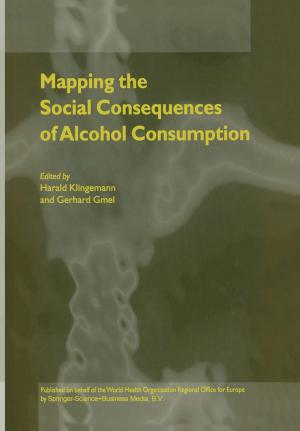Relativistic Methods for Chemists
Nonfiction, Science & Nature, Science, Chemistry, Physical & Theoretical, Technology, Material Science| Author: | ISBN: | 9781402099755 | |
| Publisher: | Springer Netherlands | Publication: | April 15, 2010 |
| Imprint: | Springer | Language: | English |
| Author: | |
| ISBN: | 9781402099755 |
| Publisher: | Springer Netherlands |
| Publication: | April 15, 2010 |
| Imprint: | Springer |
| Language: | English |
“Relativistic Methods for Chemists”, written by a highly qualified team of authors, is targeted at both experimentalists and theoreticians interested in the area of relativistic effects in atomic and molecular systems and processes and in their consequences for the interpretation of the heavy element’s chemistry.
The theoretical part of the book focuses on the relativistic methods for molecular calculations discussing relativistic two-component theory, density functional theory, pseudopotentials and correlations. The experimentally oriented chapters describe the use of relativistic methods in different applications focusing on the design of new materials based on heavy element compounds, the role of the spin-orbit coupling in photochemistry and photobiology, and chirality and its relations to relativistic description of matter and radiation.
This book is written at an intermediate level in order to appeal to a broader audience than just experts working in the field of relativistic theory.
“Relativistic Methods for Chemists”, written by a highly qualified team of authors, is targeted at both experimentalists and theoreticians interested in the area of relativistic effects in atomic and molecular systems and processes and in their consequences for the interpretation of the heavy element’s chemistry.
The theoretical part of the book focuses on the relativistic methods for molecular calculations discussing relativistic two-component theory, density functional theory, pseudopotentials and correlations. The experimentally oriented chapters describe the use of relativistic methods in different applications focusing on the design of new materials based on heavy element compounds, the role of the spin-orbit coupling in photochemistry and photobiology, and chirality and its relations to relativistic description of matter and radiation.
This book is written at an intermediate level in order to appeal to a broader audience than just experts working in the field of relativistic theory.















